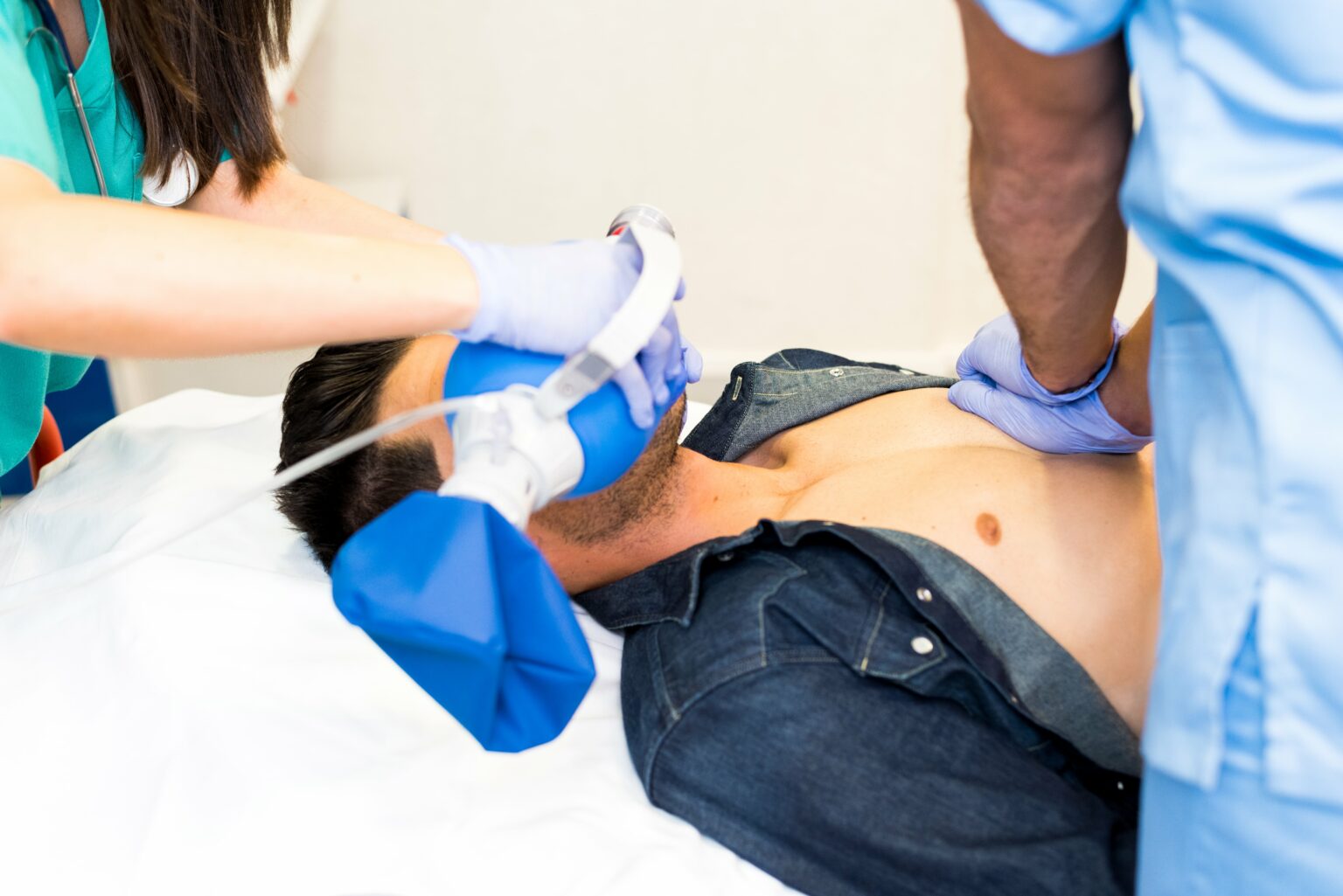Introduction
In any emergency circumstance, the capacity to assess a casualty's responsiveness can indicate the distinction in between life and fatality. Recognizing exactly how to execute this crucial assessment is essential for any individual associated with Basic Life Support (BLS) training. This post looks into The Value of Examining Responsiveness: A BLS Essential, discovering its significance within the wider context of basic vs advanced life support techniques, healthcare facility codes and procedures, and much more.
Table of Contents
Understanding Responsiveness in BLS- What is Responsiveness? Why is it Essential in Emergencies?
- Overview of Basic Life Support Transitioning to Advanced Life Support
- Step-by-Step Guide Common Errors to Avoid
- Signs of No Breathing What to Do Next
- Understanding AEDs When to Utilize an AED
- Benefits of BLS Training How to Get Certified
- The Value of Teamwork Recommended Compression Rates
- Techniques for Staying Calm The Role of Calmness in Efficient Response
Understanding Responsiveness in BLS
What is Responsiveness?
Responsiveness describes a person's ability to react to stimulations, such as spoken commands or physical touch. In a clinical emergency, examining responsiveness helps identify the seriousness and type of care required.
Why is it Crucial in Emergencies?
Checking responsiveness permits responders to rapidly examine a sufferer's problem, leading succeeding actions such as calling for aid or doing mouth-to-mouth resuscitation. Essentially, it establishes the phase for all further interventions.
Basic vs Advanced Life Support
Overview of Basic Life Support
Basic Life Assistance (BLS) incorporates important techniques focused on maintaining life until advanced medical assistance gets here. It consists of examining responsiveness, carrying out CPR, and utilizing an Automated External Defibrillator (AED).
Transitioning to Advanced Life Support
Advanced Life Assistance (ALS) entails much more advanced medical interventions that educated experts carry out, such as providing medications and complete first aid courses in Wagga Wagga advanced respiratory tract management techniques.
How to Inspect Responsiveness
Step-by-Step Guide
Approach the individual calmly. Gently tap their shoulder and talk noisally yet clearly. Observe their feedback; if there's no reaction, proceed with further assessments.Common Mistakes to Avoid
- Failing to inspect breathing after examining responsiveness. Not requiring emergency solutions immediately if there is no response.
Identifying No Breathing
Signs of No Breathing
In some instances, an individual may be unresponsive yet still breathing inadequately or otherwise in any way. Search for:
- Absence of upper body movement. No distinct breaths.
What to Do Next
If you identify no breathing:

Call emergency services immediately. Begin CPR without delay.
Public Defibrillator Usage
Understanding AEDs
An Automated External Defibrillator (AED) is a mobile device developed to evaluate heart rhythms and supply an electrical shock when necessary.
When to Use an AED
Use an AED when:
- The person is unresponsive and not breathing. Medical specialists are on their method but immediate action is required.
BLS Qualification Importance
Benefits of BLS Training
Obtaining BLS accreditation outfits people with important skills needed during emergencies, improving their confidence in reacting effectively.
How to Obtain Certified
Certification programs are available with various organizations such as the American Heart Association (AHA) or Red Cross-- choose one that fits your schedule!

Taking Activates Compressions
The Importance of Teamwork
When several -responders are present, taking turns on compressions assists avoid exhaustion and makes certain high-quality upper body compressions throughout the resuscitation process.
Recommended Compression Rates
The optimal compression rate throughout mouth-to-mouth resuscitation is 100-120 compressions per minute; ensuring this consistency can significantly boost survival chances.
Maintaining Composure During Emergencies
Techniques for Staying Calm
Staying calm during a situation is important-- not just for your own efficiency yet likewise for those around you that may be looking for leadership throughout chaos.
Take deep breaths before approaching the situation. Focus on tasks as opposed to emotions; this will certainly assist you stay centered.The Duty of Composure in Efficient Response
Your temperament can substantially affect exactly how others respond-- maintaining composure motivates team effort and instills self-confidence amongst onlookers assisting with care.
Conclusion
In recap, comprehending exactly how and why we inspect responsiveness creates the backbone of efficient BLS training and interventions during emergency situations. Whether you're navigating fundamental vs advanced life assistance scenarios or using public defibrillators successfully, every 2nd matters when lives go to risk-- making knowledge about these procedures invaluable.
FAQs
Q1: What must I do if someone is unresponsive?
A1: Check their responsiveness by delicately touching them and screaming their name; if they are unresponsive, call emergency situation services immediately.

Q2: How does checking responsiveness vary from other assessments?
A2: Checking responsiveness especially evaluates a person's recognition level while other assessments might include inspecting vital indications or breathing patterns.
Q3: Is BLS qualification necessary for everyone?
A3: While not compulsory for every person, acquiring BLS accreditation can encourage you with critical skills that can conserve lives in emergencies.
Q4: Can I utilize an AED on someone that shows indications of breathing?
A4: No, only make use of an AED if the individual is less competent and First Aid Training Wagga Wagga - First Aid Pro not breathing typically; make certain proper analysis first!
Q5: Just how frequently must I exercise my mouth-to-mouth resuscitation skills?
A5: It's a good idea to refresh your CPR abilities through routine training sessions at least every two years or sooner if you really feel unpredictable about your abilities.
Q6: Does preserving composure actually impact emergency situation outcomes?
A6: Absolutely! Made up responders tend to act a lot more successfully which positively influences both group characteristics and individual outcomes.
By prioritizing the relevance of inspecting responsiveness within Basic Life Support training frameworks, we embrace our obligation as potential lifesavers-- furnishing ourselves with knowledge that can change minutes of dilemma into possibilities for hope and recovery!